Solid 1 Person Kayaks For Sale With Pedal Drive – The sale and purchase of second-hand goods play a pivotal role in this transition, demonstrating how individuals can make a meaningful impact through everyday choices. In conclusion, second-hand goods for sale represent more than just a financial transaction; they embody a shift toward sustainability, individuality, and social responsibility. The very notion that everything can be bought and sold creates a society where inequality is not just accepted, but ingrained in the very structure of the economy. As society has evolved, the scale of production has expanded, and many quality goods are now mass-produced or distributed through large retail chains. The idea of “everything for sale” challenges our understanding of what is sacred, what is essential, and what is truly priceless. Some need the money, some want to declutter, and others might feel the urge to let go of possessions as they enter new phases in their lives. The result is a society that increasingly prioritizes consumption over connection, profit over meaning, and exchange over understanding. The focus on longevity and reliability is what sets these goods apart from their mass-market counterparts. Furniture is another category that lends itself well to the second-hand market. Additionally, purchasing second-hand electronics can be a way to access high-end models at a lower price. For sellers, the challenge lies in pricing items fairly and accurately representing their condition. Quality goods stand in stark contrast to this cycle. They are intended to last for a limited amount of time, after which they become outdated, broken, or no longer functional. Additionally, brick-and-mortar thrift stores and consignment shops provide a more traditional avenue for selling second-hand goods. The world of second-hand shopping has also made quality goods more accessible. Although the transaction may be challenging at times, the opportunity to buy or sell a business can open doors to new ventures, provide financial rewards, and enable entrepreneurs to pursue their goals. Beyond financial savings and environmental impact, second-hand goods also offer a sense of nostalgia and connection to the past. This shift in mindset has contributed to a growing acceptance and even celebration of second-hand shopping, making it a mainstream activity that is not just about saving money but about making more thoughtful and responsible choices. But even as we wrestle with the implications of living in a world where everything is for sale, we also see that this reality is not entirely negative. This typically involves drafting and signing a sale agreement, which outlines the terms and conditions of the transaction.

12 Feet LLDPE 36m Single Person Sit on Top Fishing Pedal Drive Kayak
Shop our huge selectionread ratings & reviewsfast shippingdeals of the day Get our patented chairsmost stable on the marketsafe & secure checkout
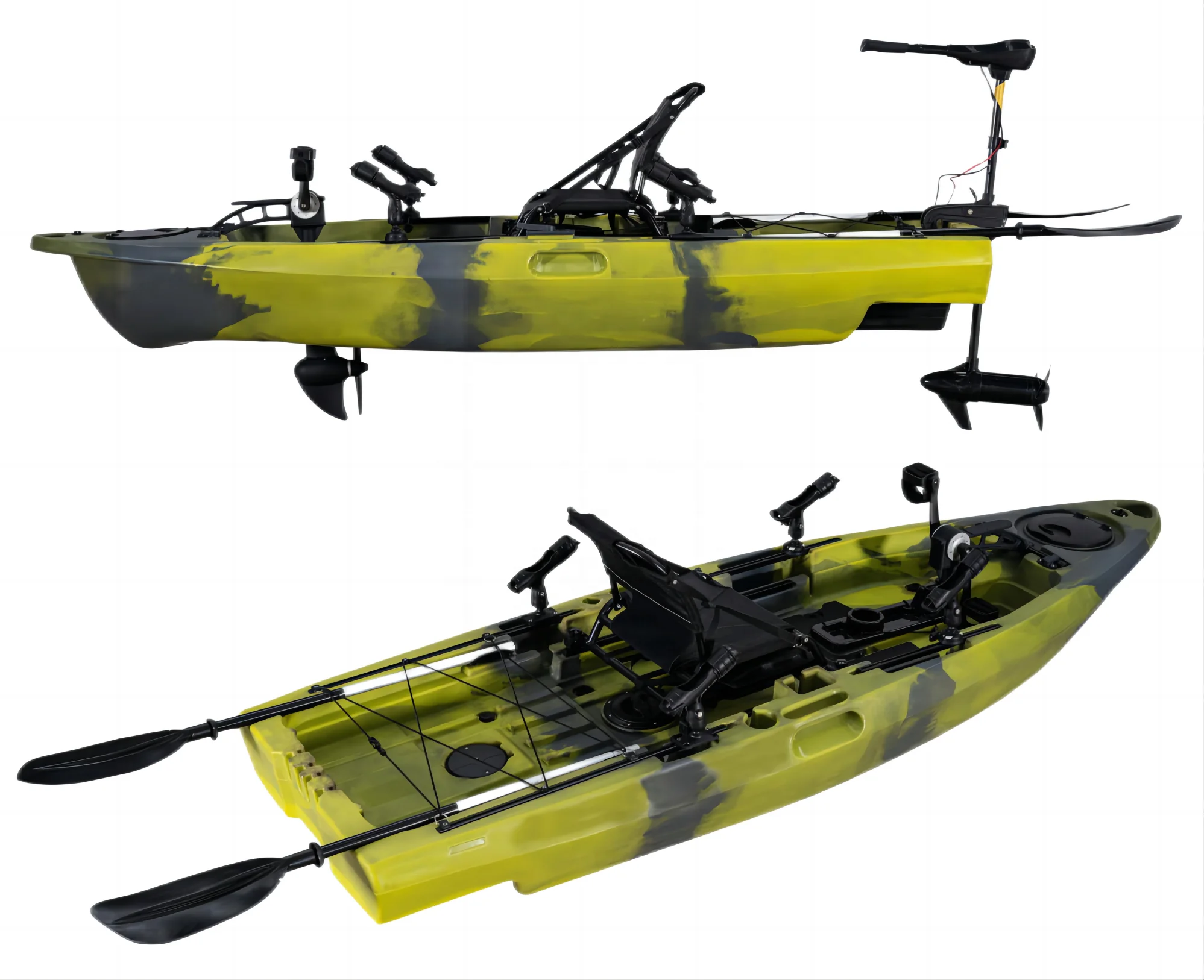
Lsf 2023 New Arrive 9ft Single Motor Kayak Fishing Pedal Drive System
Get our patented chairsmost stable on the marketsafe & secure checkout Shop our huge selectionread ratings & reviewsfast shippingdeals of the day
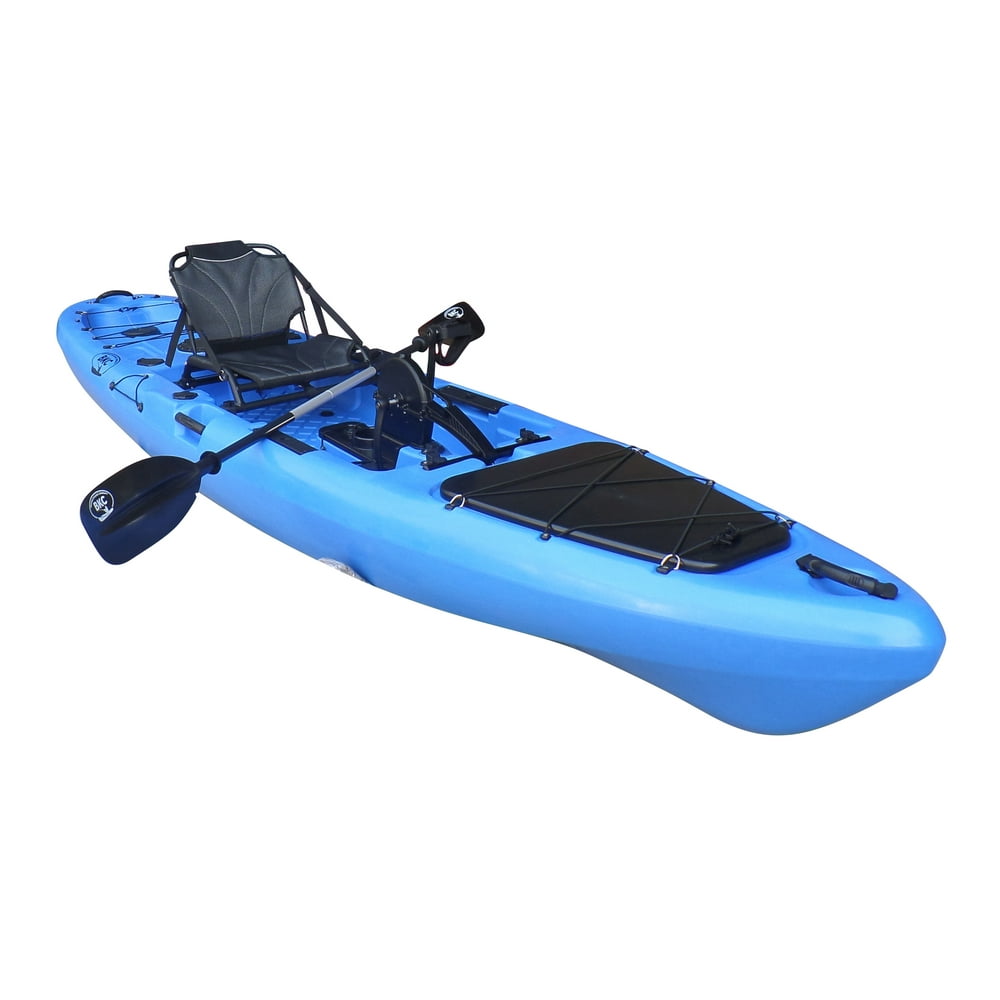
BKC UHPK13 Pedal Drive Solo Traveler 13Foot Kayak Pedal Propeller
Get our patented chairsmost stable on the marketsafe & secure checkout Shop our huge selectionread ratings & reviewsfast shippingdeals of the day
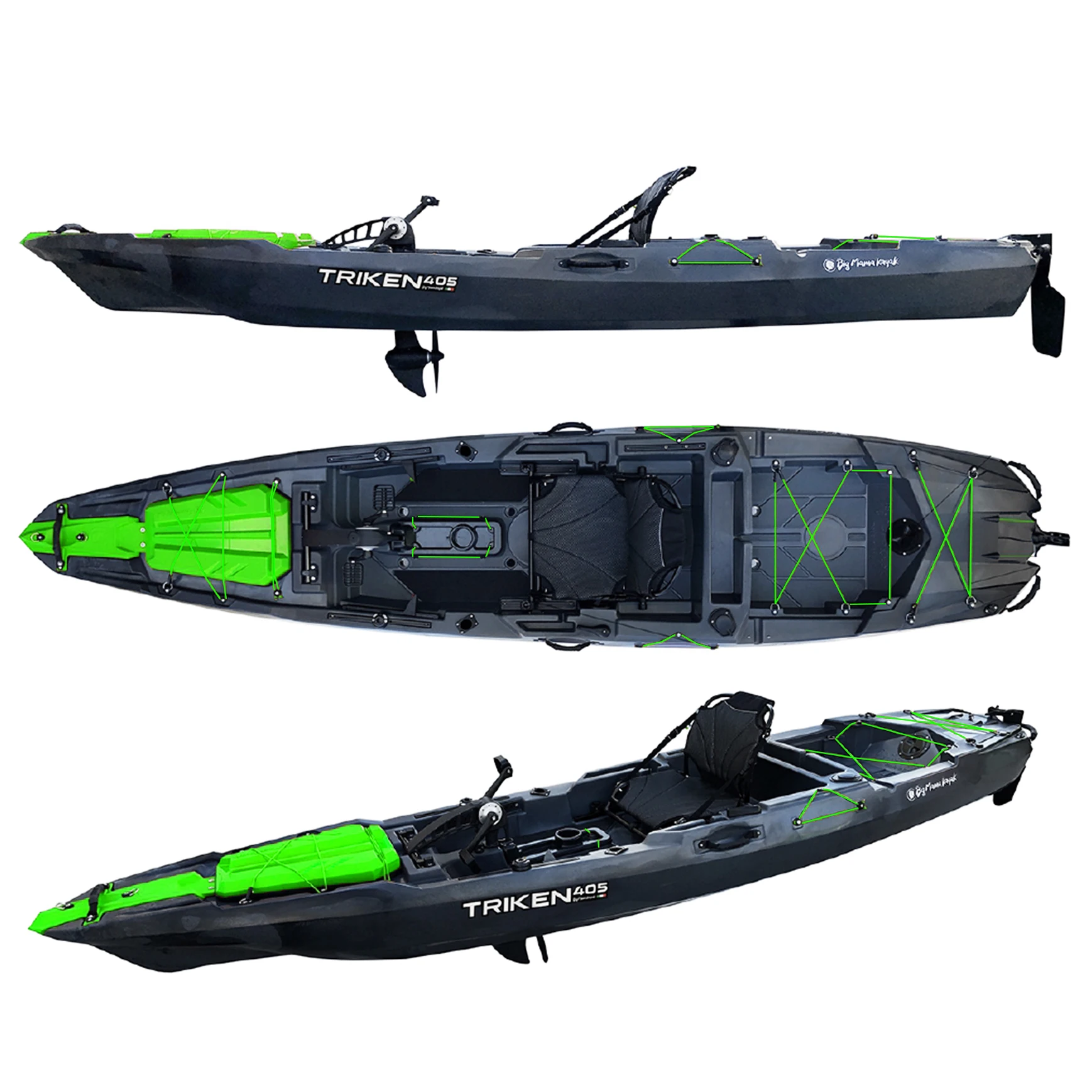
Made In Italy Pedal Drive Fishing Kayak For One Person 13,3ft Triken405
Get our patented chairsmost stable on the marketsafe & secure checkout Shop our huge selectionread ratings & reviewsfast shippingdeals of the day

Sit on Top 1 Person Sport Canoe Fin Pedal Drive Kayak Fishing Boat for
Shop our huge selectionread ratings & reviewsfast shippingdeals of the day Get our patented chairsmost stable on the marketsafe & secure checkout

12FT 3.6m Pedal Drive Propeller or Flap Pedal Fishing Kayak for One
Shop our huge selectionread ratings & reviewsfast shippingdeals of the day Get our patented chairsmost stable on the marketsafe & secure checkout

2021 Ocean Kayak Malibu PDL Family Pedal Drive Kayak Cedar Creek
Get our patented chairsmost stable on the marketsafe & secure checkout Shop our huge selectionread ratings & reviewsfast shippingdeals of the day
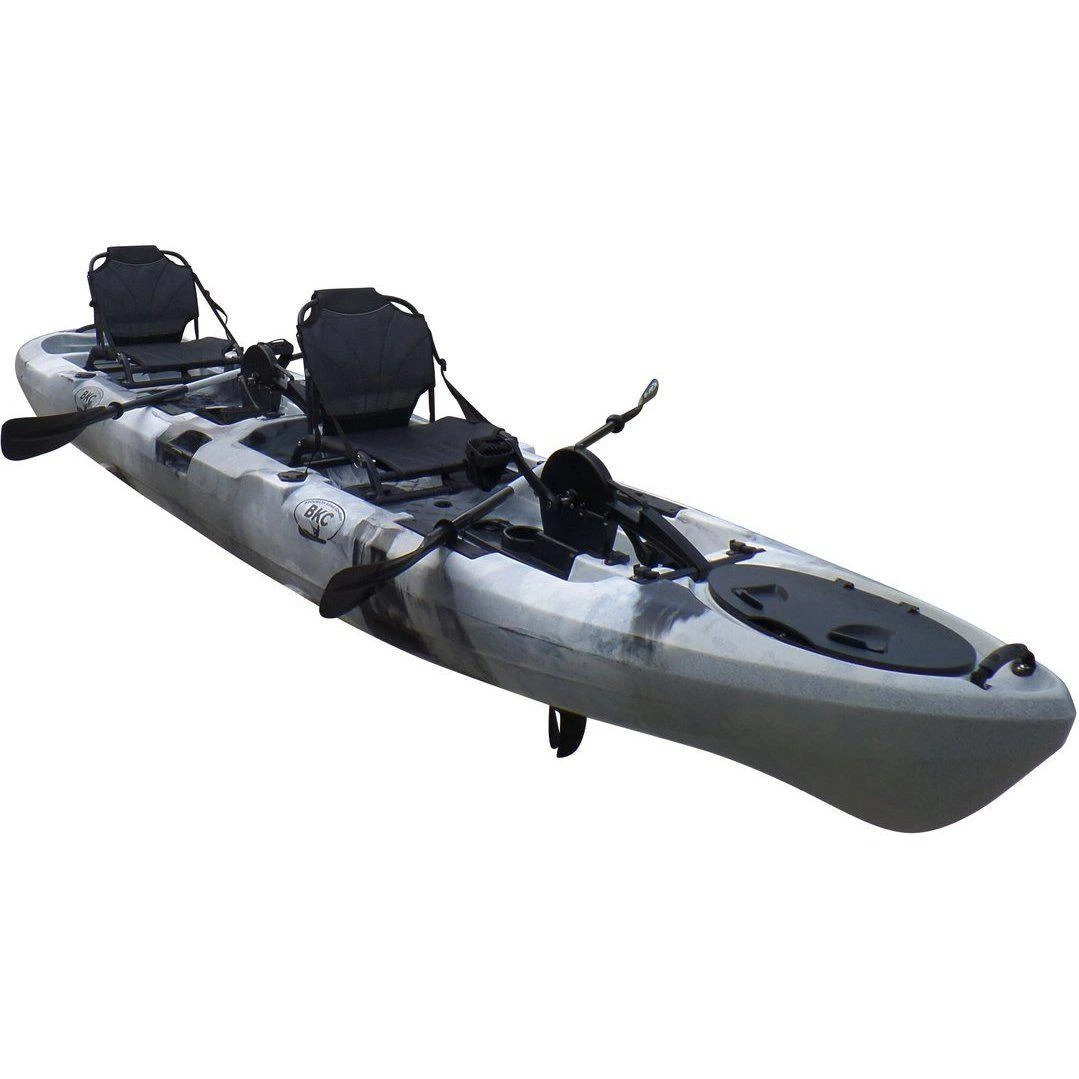
BKC UHPK13 Pedal Drive Solo Traveler 13Foot Kayak Pedal Propeller
Shop our huge selectionread ratings & reviewsfast shippingdeals of the day Get our patented chairsmost stable on the marketsafe & secure checkout
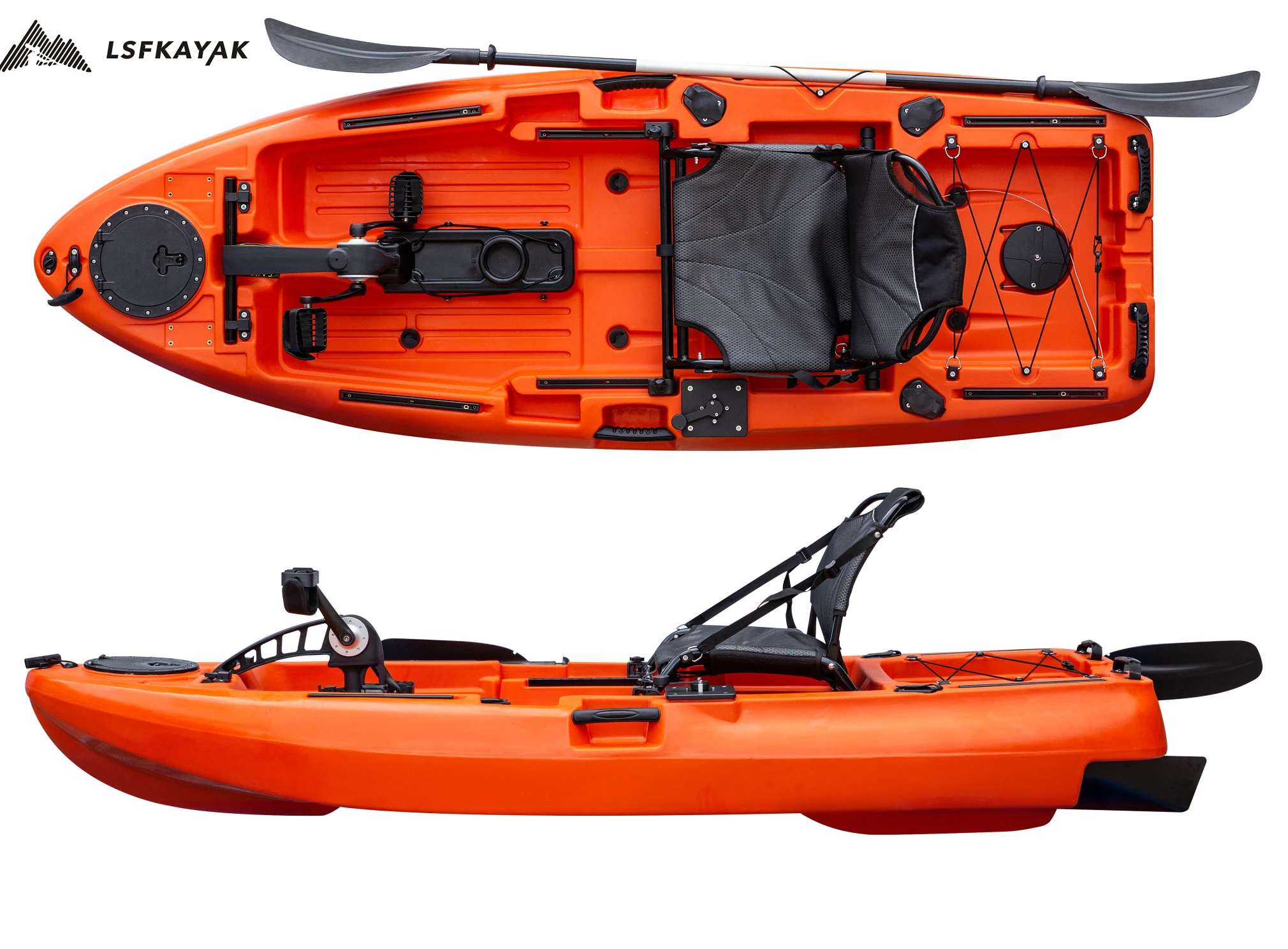
Single Seat Pedal Kayak Solo Person 8ft Fishing Foot Pedal Drive
Shop our huge selectionread ratings & reviewsfast shippingdeals of the day Get our patented chairsmost stable on the marketsafe & secure checkout
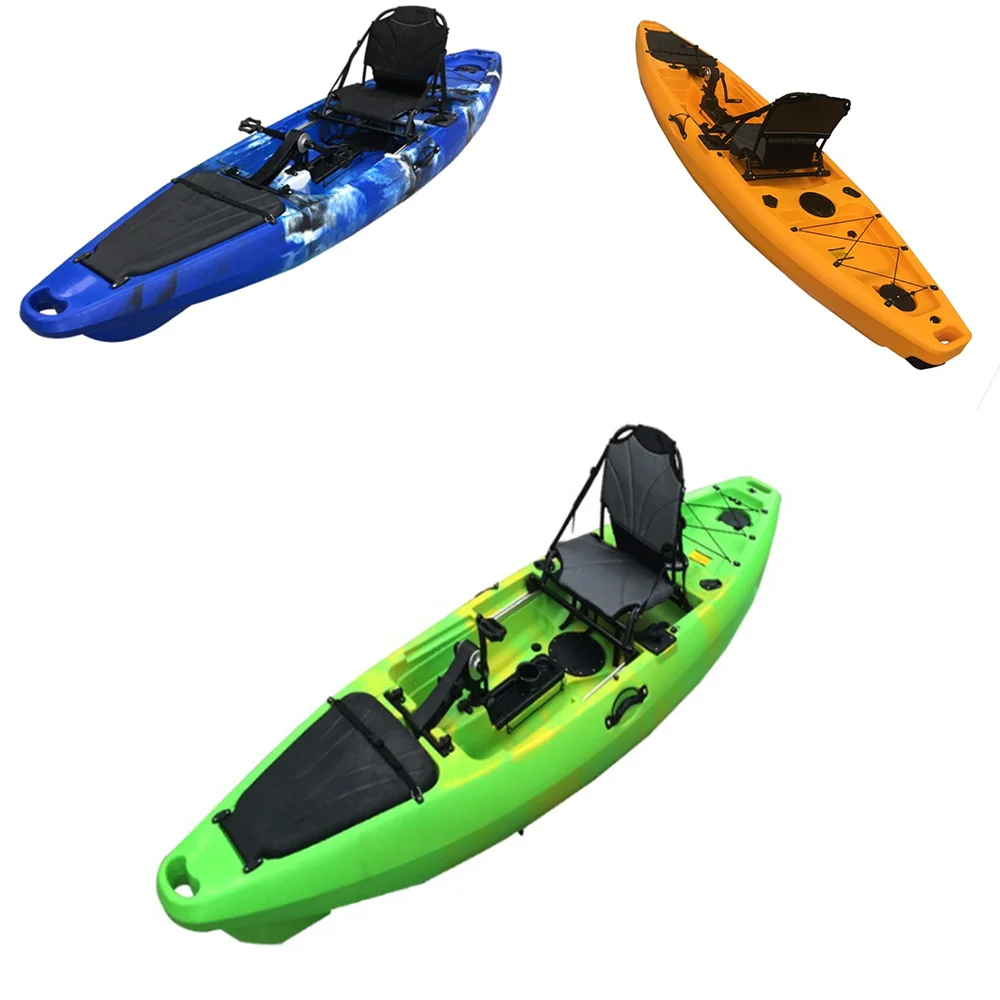
1 Person Pedal Kayak With Rudder System And Frame Seat Buy Pedal
Shop our huge selectionread ratings & reviewsfast shippingdeals of the day Get our patented chairsmost stable on the marketsafe & secure checkout
We are all participants in a vast, interconnected economy, one that doesn’t just involve physical goods but extends to ideas, relationships, and even identities. Whether through thrift stores, flea markets, online platforms, or garage sales, second-hand goods provide consumers with an opportunity to find items they might not otherwise be able to afford, while also contributing to a circular economy where products are reused and repurposed. Our emotional lives, our personal narratives, and even our deepest fears have been monetized. Once an agreement is reached, the final step is the legal transfer of ownership. It forces us to ask difficult questions about ownership, worth, and the limits of human desire. Yet, despite this shift, the appeal of quality craftsmanship has not waned. There’s a certain art to selling something. Manufacturing new items requires energy, raw materials, and natural resources, all of which contribute to environmental degradation. The act of selling can be both a release and a renewal, a letting go that paves the way for something new and unknown. Cars, too, are often sold with a sense of transition. Social media platforms, for example, offer users a chance to buy into their own identity, to curate a version of themselves that is more appealing, more desirable, more marketable. When you look at something marked as “for sale,” you’re not only seeing an item; you’re seeing the possibility of a change, whether it’s the beginning of a new ownership, the end of a relationship with an object, or simply the result of a decision to move forward. As society has evolved, the scale of production has expanded, and many quality goods are now mass-produced or distributed through large retail chains. When consumers buy these goods, they are investing in both the product and the people behind it. Social movements and grassroots organizations work tirelessly to provide resources and support to those who need it, often without expecting anything in return. It is subjective, shaped by cultural norms, individual preferences, and the evolving standards of various industries. Their inherent value comes not only from their physical characteristics but also from the values of durability and sustainability. Whether it’s vintage clothing, antique furniture, or used luxury watches, second-hand goods offer an opportunity for buyers to find quality items that are no longer available in stores. The digital age has also transformed the way things are bought and sold. In the world of quality goods for sale, there is also an inherent sense of value in the stories behind them.
A piece of art, for example, may be valued differently by various individuals based on personal taste, financial resources, or the emotional connection they feel to the work. The due diligence process helps the buyer understand the risks involved, the company’s market potential, and any legal or operational hurdles that may exist. In the end, the real challenge is to navigate this world — to understand the forces of commerce that shape our lives, while holding onto those things that remain beyond the reach of money. It’s a small but significant way to make a positive impact on the planet, especially when one considers the volume of waste generated by fast fashion, electronic waste, and disposable goods. Our emotional lives, our personal narratives, and even our deepest fears have been monetized. Buyers can often filter search results by price, condition, and location, making it easier to find the best deals. A car might be sold because it no longer serves the needs of its owner, or perhaps the owner is simply ready for a change. The story behind the item becomes part of its value, adding an emotional dimension to its physical form. At its core, “for sale” signifies that something is available for purchase, but beyond that, it tells a story of desire, exchange, and transition. As more and more people become concerned about the planet’s resources and the impact of consumerism on the environment, the concept of buying used goods has gained traction as a more sustainable alternative to purchasing new products. With the rise of e-commerce, the accessibility of quality goods for sale has expanded exponentially. Vintage items, antiques, and pre-loved goods often carry stories and histories that new products simply cannot replicate. Through online marketplaces and platforms, small businesses and independent creators can sell their goods to a global audience. Whether you’re the seller or the buyer, the phrase “for sale” is a reminder that everything in life is in constant motion, always moving toward something new, something different, something better. Many factors can influence the negotiation, such as the business’s financial performance, industry trends, and the level of interest from other buyers. Similarly, in relationships, individuals may feel as though they are selling themselves, presenting their best qualities and hoping for the best outcome. In the end, the phrase “for sale” is about more than just the exchange of money for goods or services. The adage “you get what you pay for” rings especially true in the realm of quality goods. In some cases, a business may look profitable but may be hiding significant underlying issues, such as declining sales, ineffective marketing strategies, or employee dissatisfaction. For the seller, the goal is to achieve the highest price possible for the business, while for the buyer, the goal is often to secure a fair price that reflects the true value of the business.